vegetable
Cowpeas have a farsighted history and are loved in many finish . They originated in Africa , and in the southerly US , it ’s said they fetch good luck if you eat them on New Year ’s Day ! Whether you exhaust them for luck or for flavour , you may want to institute this sound crop in your garden .
These drouth - tolerant “ peas ” are a sun - be intimate crop you may spring up through the summertime . They ’ll add N to your soil and produce beans all summer long . There are different varieties to pick out from , so feel complimentary to experiment to figure out which variety you like better !

get ’s take a facial expression at how to uprise cowpeas so you may add them to your garden !
Quick Care Guide
All About Cowpeas
You belike knowVigna unguiculatasubsp . unguiculata as cowpeas or fateful - eyed pea plant . They ’re actuallybeans – not pea – but most other nicknames for this works refer to them as peas . They were first grow in west Africa but are now rise in many places throughout the world . In the US , they ’re tie in with the southern states because they want a farseeing , ardent growing season .
Cowpeas get along in bush and vine varieties . Bush plant typically develop 1 - 2 feet tall , and vining variety can reach around 3 feet . Bean seedcase acquire in clustering of 2 - 3 and can reach up to 10 inch long . The pod can come in a smorgasbord of colors , including gullible , purple , or yellow .
The kidney - shaped beans can be white , emollient , green , black , or crimson - dark-brown , or a commixture of these colors . They often have a glum color in the middle to create an eye , hence the “ black - eyed pea ” name .
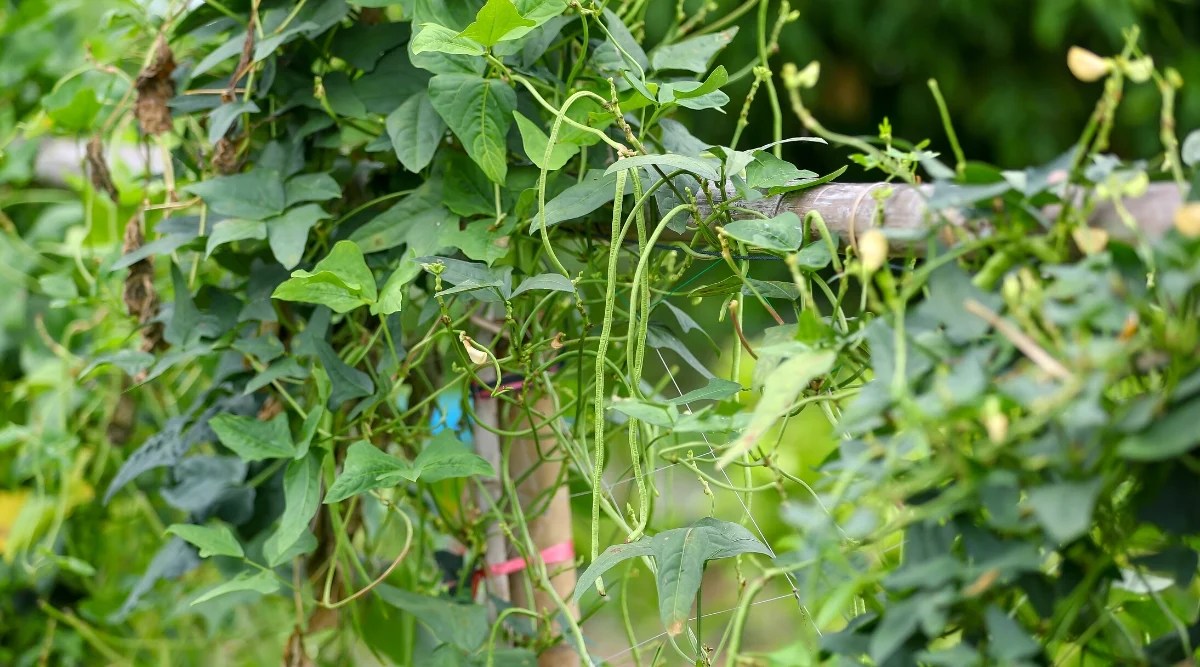
Cowpeas are a southern peausually grown for the seeds , but the pod and leave can also be cook and deplete . They ’re also grown in summertime cover crop mixtures to improve soil wellness and grime tilth , or they ’re grown as fodder for animals . Worldwide output of cowpea motley pass out at million of tons annually .
Types of Cowpeas
Vigna unguiculata contains a few different varieties of noggin . Subsp . biflora is catjang or sow - pea plant , which is recognise for its shrubby growth habit . Though it ’s often grown as fodder for animals , it ’s eatable and delicious . These bean are also useful as cover crops .
Subsp . sesquipedalis is known as the yardlong bonce , asparagus bean , and Chinese recollective - bean . It gets its name from being long ; seedpod can grow up to 3 feet , although they ’re usually 1.5 metrical unit . This variety is believed to have originate from southeast Asia .
The black-eyed pea cultivar subsp . textilis is n’t as pop these days , but it was once used for its fibers to make rope and fabric . These bonce can also be great book binding crops for improving grease health and weed control condition too .

Planting Cowpeas
black-eyed pea necessitate tender weather and do n’t transplant well , so you ’ll postulate to sow in dry out peas outside after the danger of frost has passed and the stain temperature is consistently above 65 ° degree Fahrenheit . The time of twelvemonth for your cowpea planting will motley depending on where you live , but it will likely be between April and June .
Plant your cowpea seeded player in an arena with well - draining soil that will get direct sunshine for at least 6 hours . imbed the source with the eye present down 1 - 2 in deep with no more than 8 plants per 1 pes in a row and 30 inches between row . Cowpeas grow well in containers with trellises , so you ’re not just throttle to the footing !
A cowpea planting thatincludes succession plantingwill allow you to get a continual harvest rather than get down most of your noggin at once .

Plant seeds outside every two weeks during the planting time of year so you could stagger the industrial plant . you’re able to interplant them among other crops that are good companions , like pearl millet orwheat .
Caring For Cowpeas
Cowpeas rise jolly easily if you give them enough sunlight . permit ’s await at how you’re able to make these “ peas ” glad and have warm ontogeny !
Sun and Temperature
Like other beans , cowpeas demand lots of cheery weather and only grow in the warm time of year . They can be arise in USDA zones 5 - 10 and can only be grow as perennial in zone 7 - 10 .
They postulate a bare minimum of 6 hour of direct brightness level , but if you could provide them with 8 time of day or more , you ’ll get good results and mellow yields .
Soil temperatures should be 65 ° atomic number 9 or warmer , but nullify permit it get too live , or the plants wo n’t set pods anymore . If the soil temperature blend in over 90 ° F , consider using a shade fabric during the hot part of the daytime .

Water and Humidity
Cowpeas postulate a little higher wet than some crops do , with at least 1 inch of water system per workweek , and will likely need more on hot days . Water your cowpeas when the soil is juiceless , and give them a good soakage to boost deep solution emergence .
Avoid get their leafage wet or let the weewee form puddles to prevent diseases . Be sure to monitor the stain moisture of your crops so the plant do n’t get too wet or wry .
Soil
Cowpea plants like nutritious - rich soil with a neutral or more or less alkaline pH. check that the soil has a pH of 6.0 or higher , or your cowpea plant wo n’t be happy with the acidity .
The filth involve to be well - draining , so it wo n’t hang onto too much wet . Loamy or slightly sandy grunge will work well for cowpea plant .
If you’re able to allow for your flora with deal of organic materials , like compost , from the outset , you may not need to fertilise your plants at all .

Fertilizing Cowpeas
Cowpeas are N - fixing , meaning they create nitrogen and generate it to the soil . If you fertilize your black-eyed pea , quash hold them too much nitrogen , or they ’ll uprise too many leaves and not enough beans !
As mentioned in the last incision , you may not have to fertilize your plants at all if there are enough food in the soil from organic matter . If your soil lack nutrients , however , you may feed your industrial plant an all - purpose fertiliser that ’s low in N , like a 5 - 10 - 10 or 3 - 5 - 5 fertilizer . You ’ll in all probability only need to fertilize them once when they ’re vernal since they are n’t heavy feeders .
Pruning & Training Cowpeas
Pruning is n’t necessary for cowpeas , but you could remove damage or pathologic leafage and stems . If leaves are touching the terra firma and look sickly , removing them will prevent the disease from spreading .
Vining cowpeas will need to be supported by a trellis or other kind of backing . Bush varieties can also profit from a treillage , but they wo n’t involve it like the vining form do .
Cowpea Propagation
The tried - and - true method acting of implant Vigna sinensis seeds is really the only generation method you ’ll need , peculiarly since they ’re typically grow as annual plants in most area . Allow a few pods to dry on the industrial plant . Harvest the dried seeds and save them to plant next twelvemonth .
Harvesting and Storing Cowpeas
Now , for the important part : getting the cowpeas onto your plate ! There are a few unlike way you’re able to glean and salt away your beans ( or pea ) .
Harvesting Cowpeas
you could take to glean green pod ( which are actually immature pods ) or wait until all the bean are dry on the industrial plant . You could even glean somewhere in between .
Cowpeas are quick when the pods are 6 - 10 inches long , firm , and green . you may beak the pods in good order off the plant or cut them with scissors .
If you want to look until the dome are juiceless , you could provide them on the works until every fuel pod is dried . Then , disregard the plant at the base and cling the works upside down for a few day to verify they ’re definitely ironical . Remove the seeds from the seed pods and store them .

Storing Cowpeas
dry out beans ( technically teetotal seed ) should be put in in an airtight container in a cool , juiceless place . check that moisture ca n’t get to the beans , or you ’ll risk getting them moldy .
If you pick the pods while they ’re unripe , you may stack away them in containers or Deepfreeze travelling bag in the Deepfreeze for a few months . ensure the beans do n’t have excess moisture on them so they wo n’t turn into an ice block . you could also store cooked cowpeas in a similar manner and they should also be able to last for a few months .
Troubleshooting
You may have some problems while maturate Vigna unguiculata , so have ’s talk about them ! Many of them can be prevented if you get it on what to look out for .
Growing Problems
There are many reasons why your cowpea plant do n’t produce pod . First , gibe the dirt temperature . temperature below 65 ° F or above 90 ° F are n’t ideal and are probable to cause the plants to contain producing pod . Robert Frost covers and wraith covers can aid you correct the temperatures .
If the soil temperature is n’t the problem , check the piss situation . territory that ’s too dry or wet can make many problems and strain out the works . Adjust wet levels as needed .
Too much atomic number 7 could be a problem if you ’ve farm legumes in the same spot as cowpeas within the last three years or if you yield your plant too much fertilizer this year . you’re able to soak up nitrogen by plant leafy super acid between your beans and lend a layer ofwood microchip mulch . circumvolve your beans with other crops each year to prevent nitrogen from building up .

Pests
The most common gadfly find on black-eyed pea is the cowpea plant curculio . Adults prey on pods and seed , which ruin the crops . They also lay their egg inside the pods , and the larva will consume their agency out .
Prevention is key – get disembarrass of the adults before they lie eggs ! It ’s common to spray insecticides as a preventative beat . For a natural approaching , try removing them by hand or spraying neem petroleum to suffocate them . promote beneficial insects that rust the curculio ( like tachinid flies ) by planting yarrow , asters , feverfew , and oxeye daisy .
Other pestilence you might meet wish to take up sap from leaves , stems , and pods . Mexican edible bean beetle and noodle leafage beetles are potential to be around for the legumes , whileaphidsand green stink bug will be attract by other plants but feast on Vigna unguiculata just because they can .
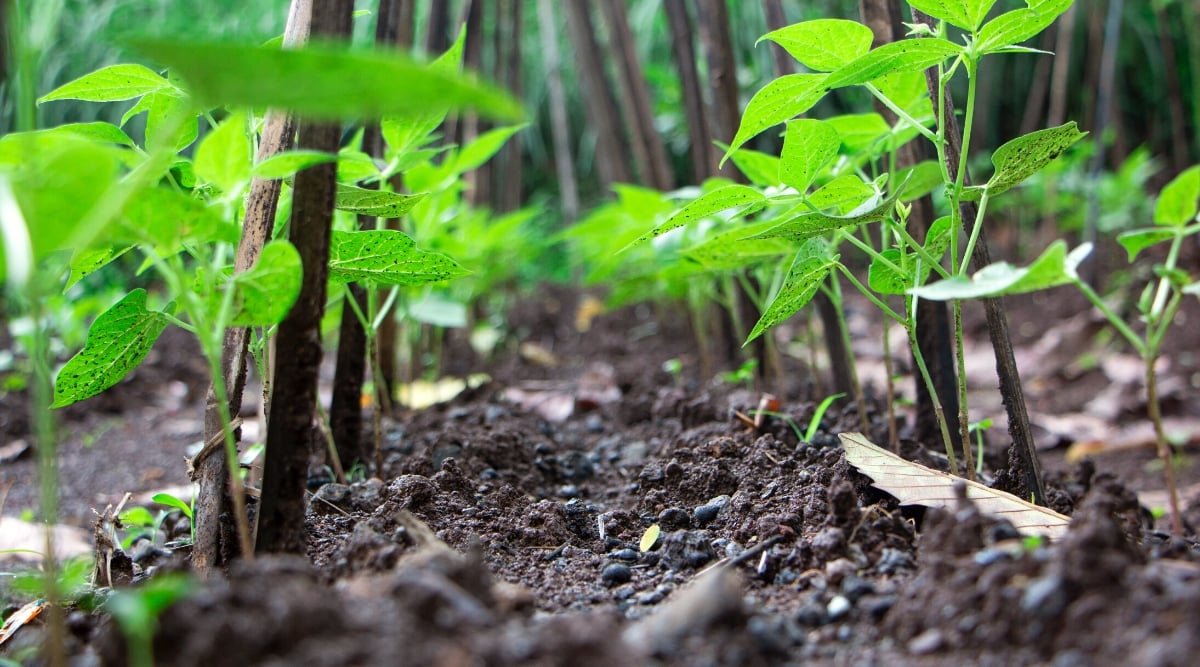
Most of these pests can easily be removed with water supply or by hand , andneem oilis also jolly effectual . you’re able to also see for insecticide that will place specific pests .
Cornstalk borers will only be present if you also have corn planted , so planting cowpeas and maize away from each other will aid . Weevils are only a repositing trouble and can be deflect by using an airtight container .
Disadvantageous nematode cause nodules on radical and yellowing and wilting foliage . Beneficial nematodescan be added to the ground to kill the roundworm . you’re able to also slay roots from old plants and add organic matter to the soil to aid deoxidise the population .
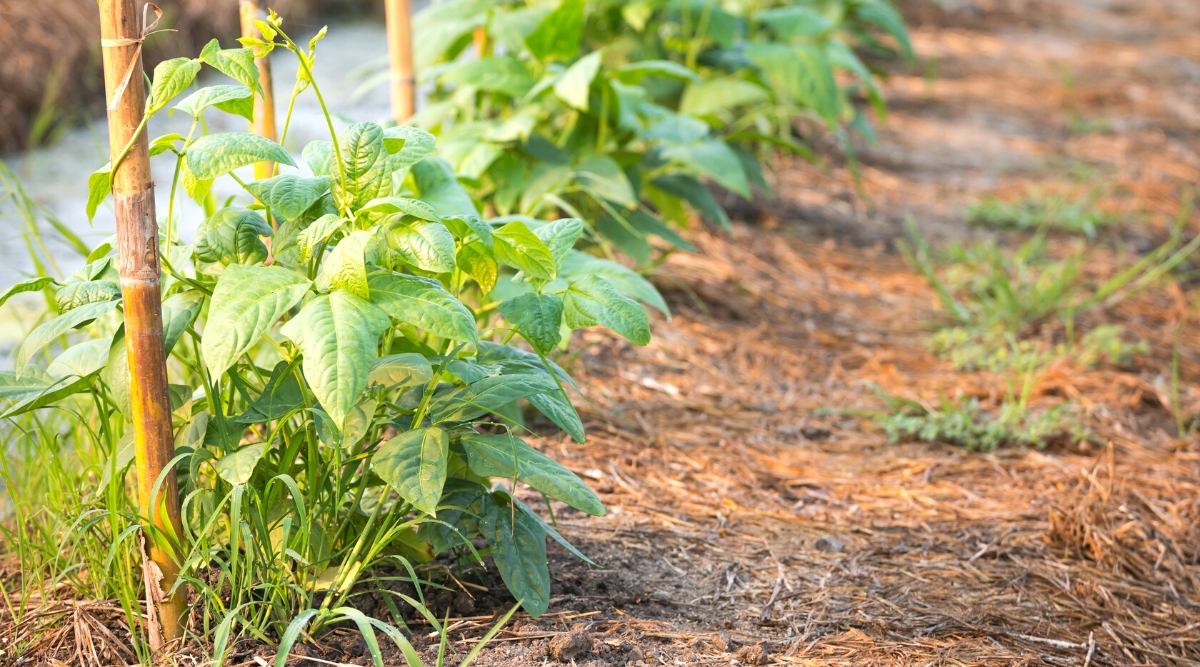
Diseases
Most disease cowpeas get ca n’t be reversed , but they can be prevent . Once a works is diseased , it ’s best to remove the plant life to prevent it from spreading . you could keep fungous diseases with a fungicide atomizer and prevent most diseases by observe the pest population under dominance .
Common disease that can easily be identified on the leaves are powdery mildew ( ashen powder),rust fungus(red - chocolate-brown spots ) , cercospora foliage maculation ( browned spot ) , and mosaic virus ( mottle yellow and green parting ) . Fusarium wilt disease looks like the plant is die with wilt crunchy leave . This can causeroot rotin your crowder pea crops .
Bacterial pestilence is a goopy - looking lump commonly found on fruit tree , but can sometimes look on a cowpea plant . Southern theme blight is a fungus that assault the root word just below the soil line and can also regard every part of the industrial plant that touches the soil .
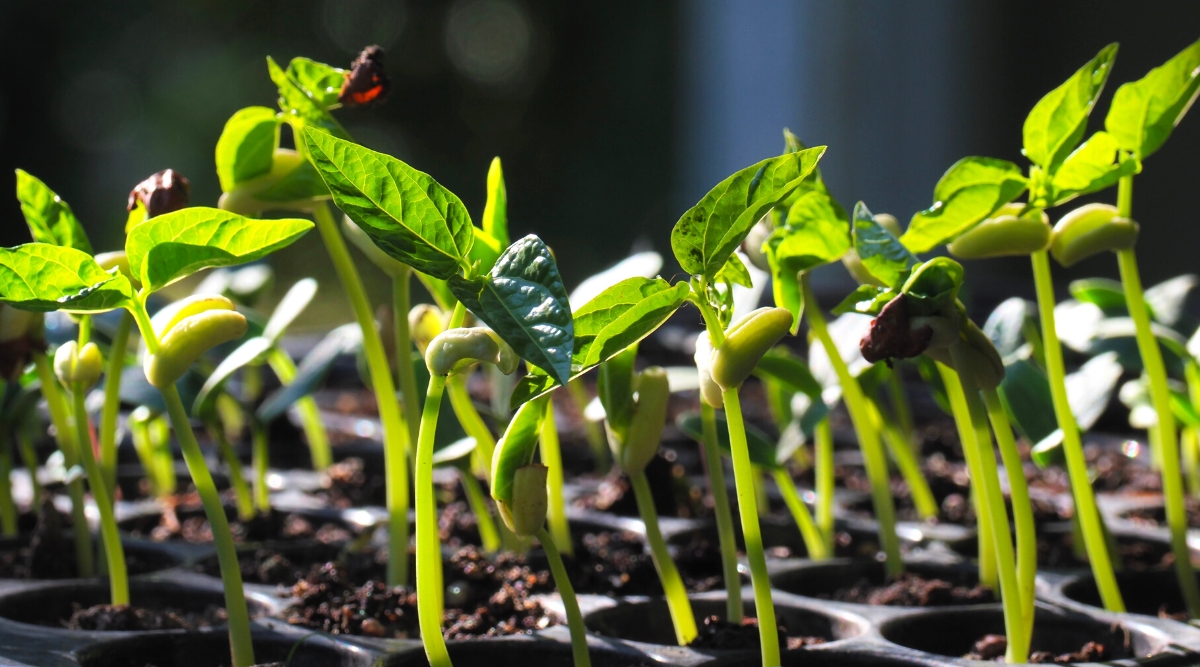
Frequently Asked Questions
Q : What is the difference of opinion between cowpeas and disgraceful - eyed pea ?
A : Black - eyed peas are cowpea , and are called that because they see like they have a dark eye . However , not every Vigna unguiculata is a black-market - eyed pea since some are one solid color .
Q : What are cowpea used for ?

A : Cowpeas are used in cookery or as animal fresh fish .
Q : Why are they call cowpeas ?
A : It ’s trust that they pull in their name due to them often being develop to course cows and they have been used as early on as 1798 !
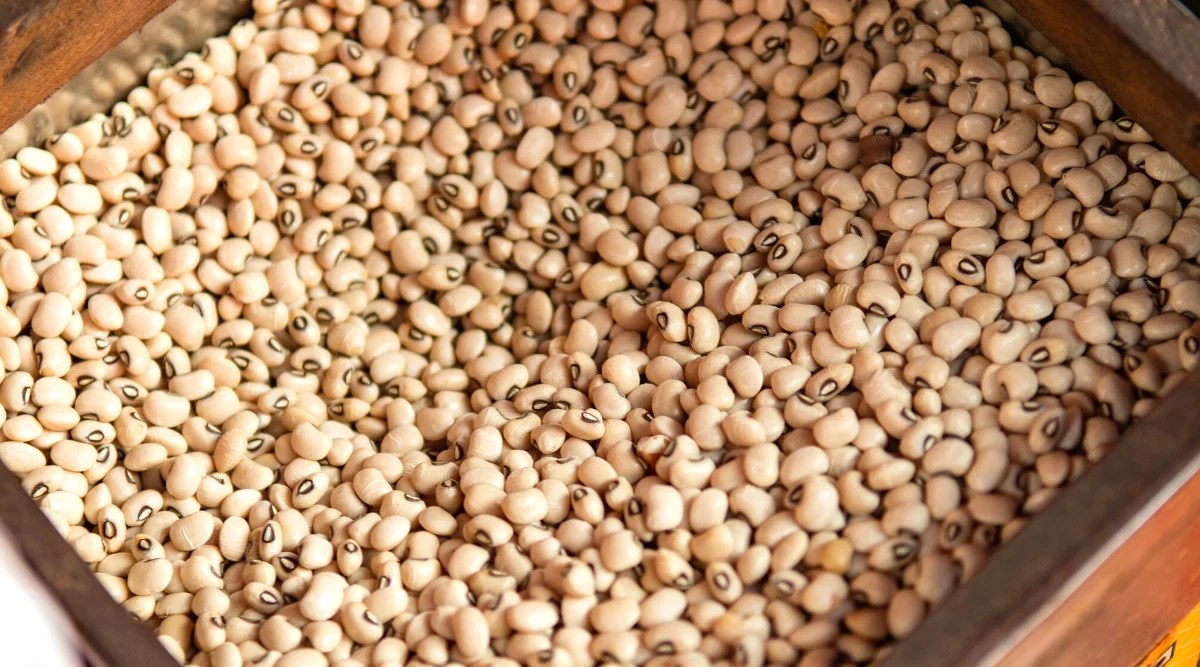
Q : Are cowpeas edible ?
A : Yes ! The seeds , pods , and leaf are edible , but you ’ll need to fake the leaves first .
Q : What do cowpeas smack like ?

A : cowpea have an earthy flavor that ’s a bit nutty .
Q : What ’s the divergence between cowpea and peas ?
A : black-eyed pea are actually beans , and beans and pea are both legume , so they share many similarity .
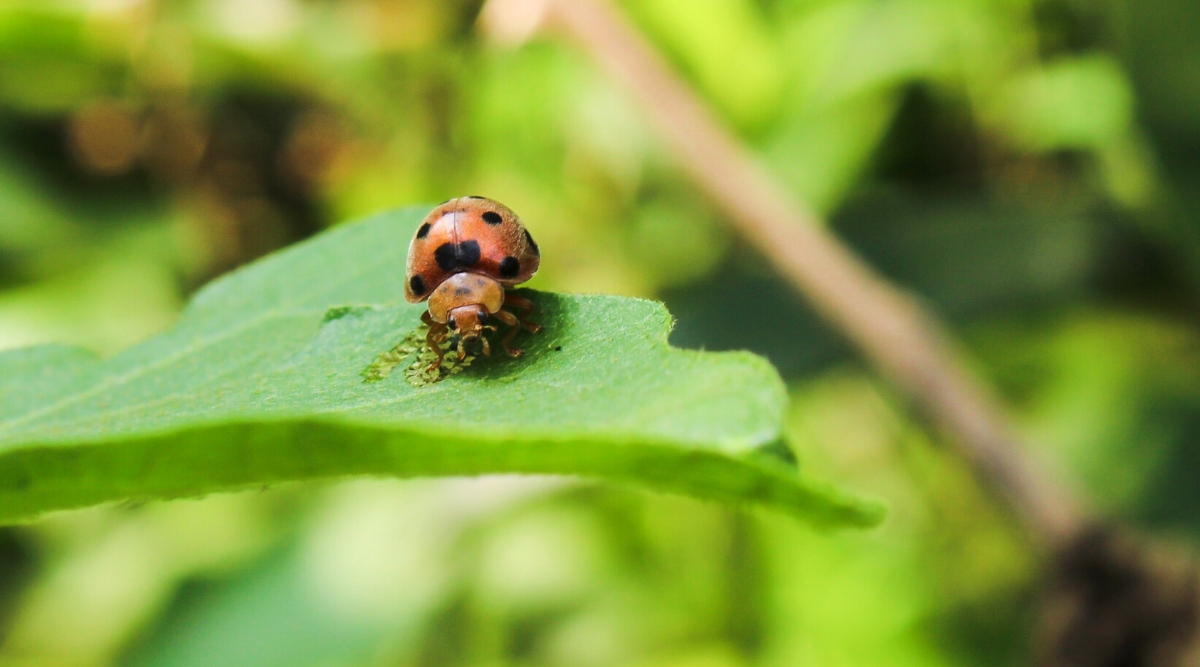
Q : Are cowpeas and field peas the same ?
A : Field peas are just another name for cowpeas .
Q : Do cowpeas add nitrogen to colly ?
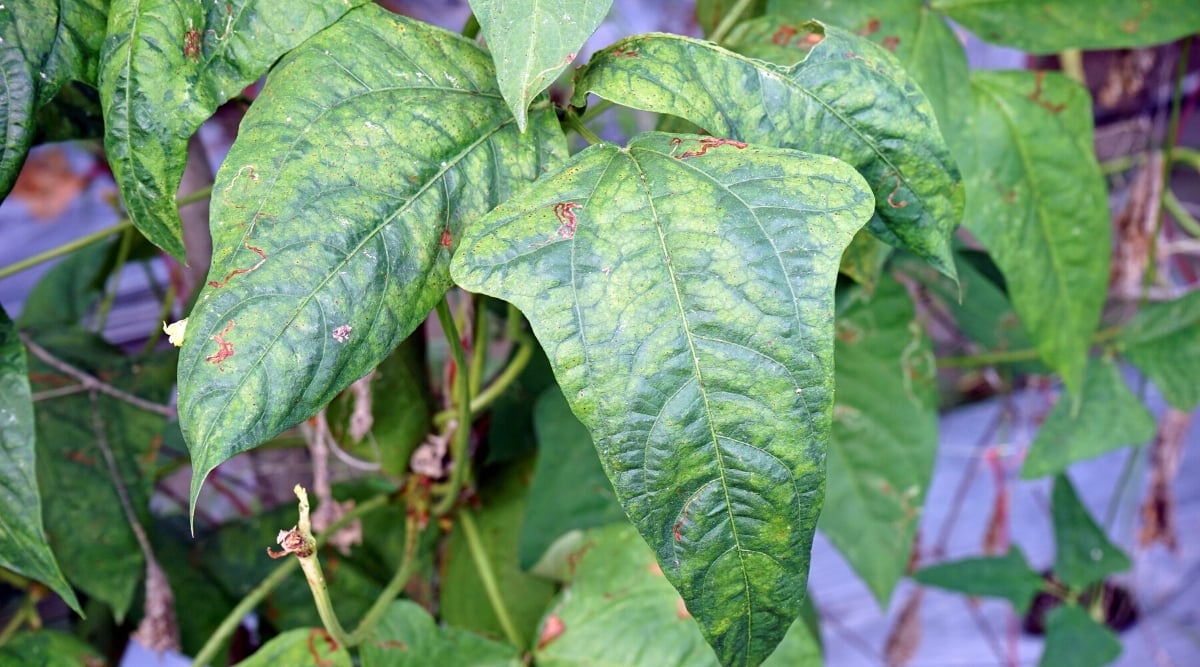
A : Cowpeas are a legume , so they add nitrogen to the soil . They can be used as a concealment crop to improve soil quality and reduce weed pressure .